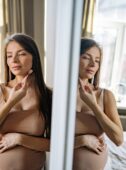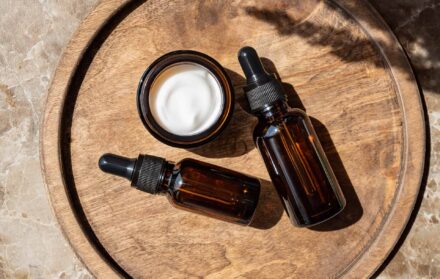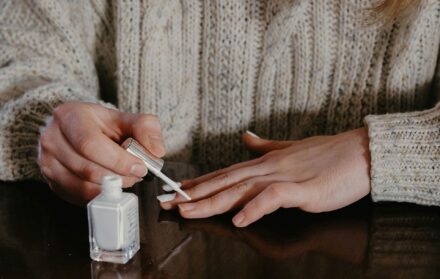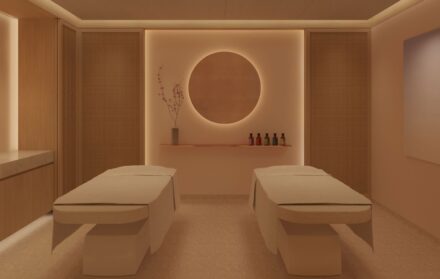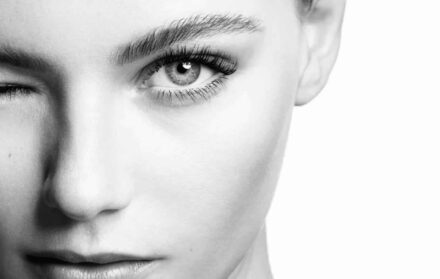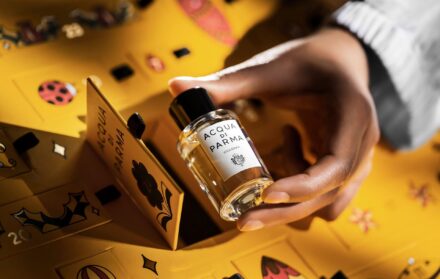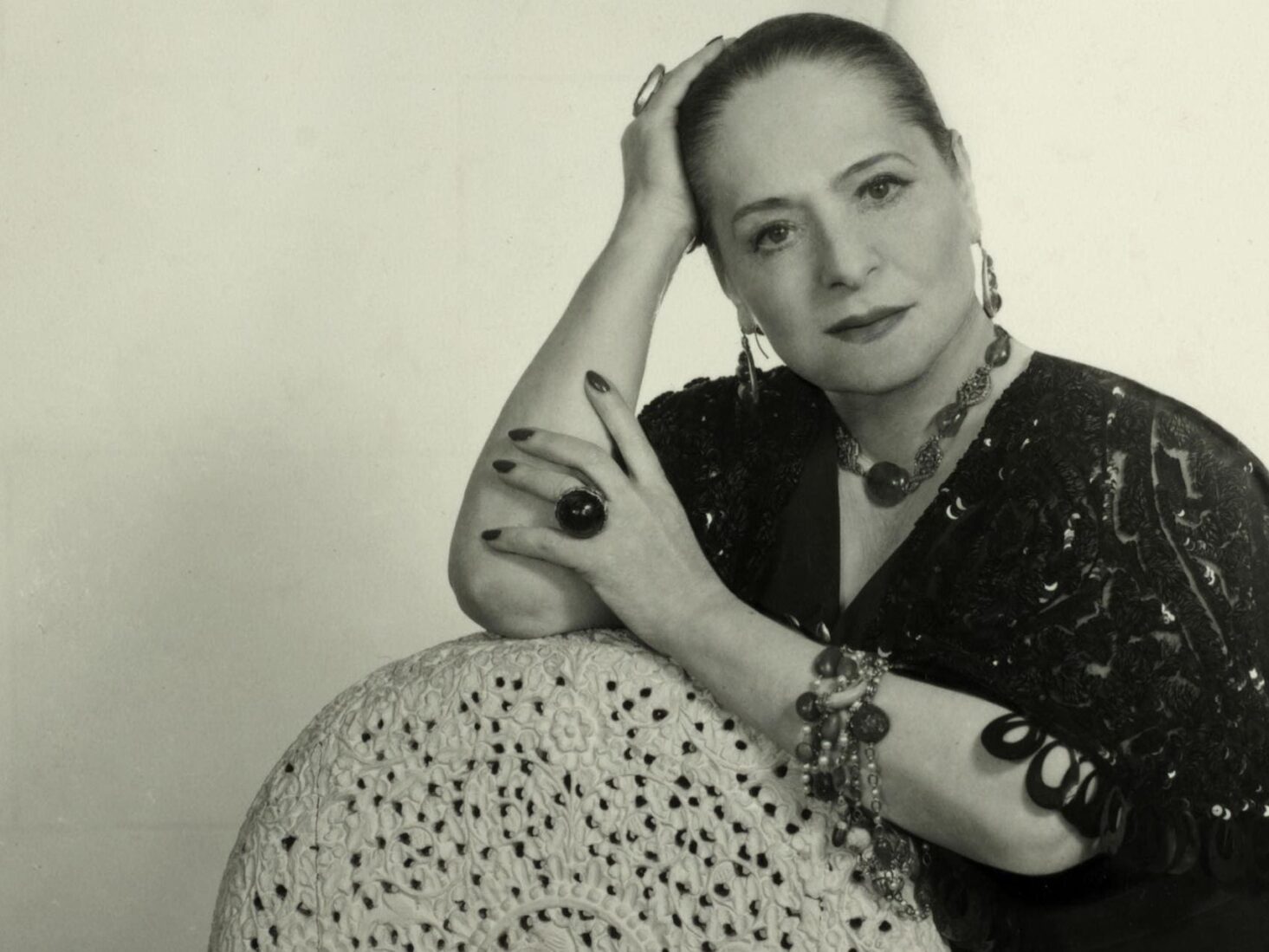
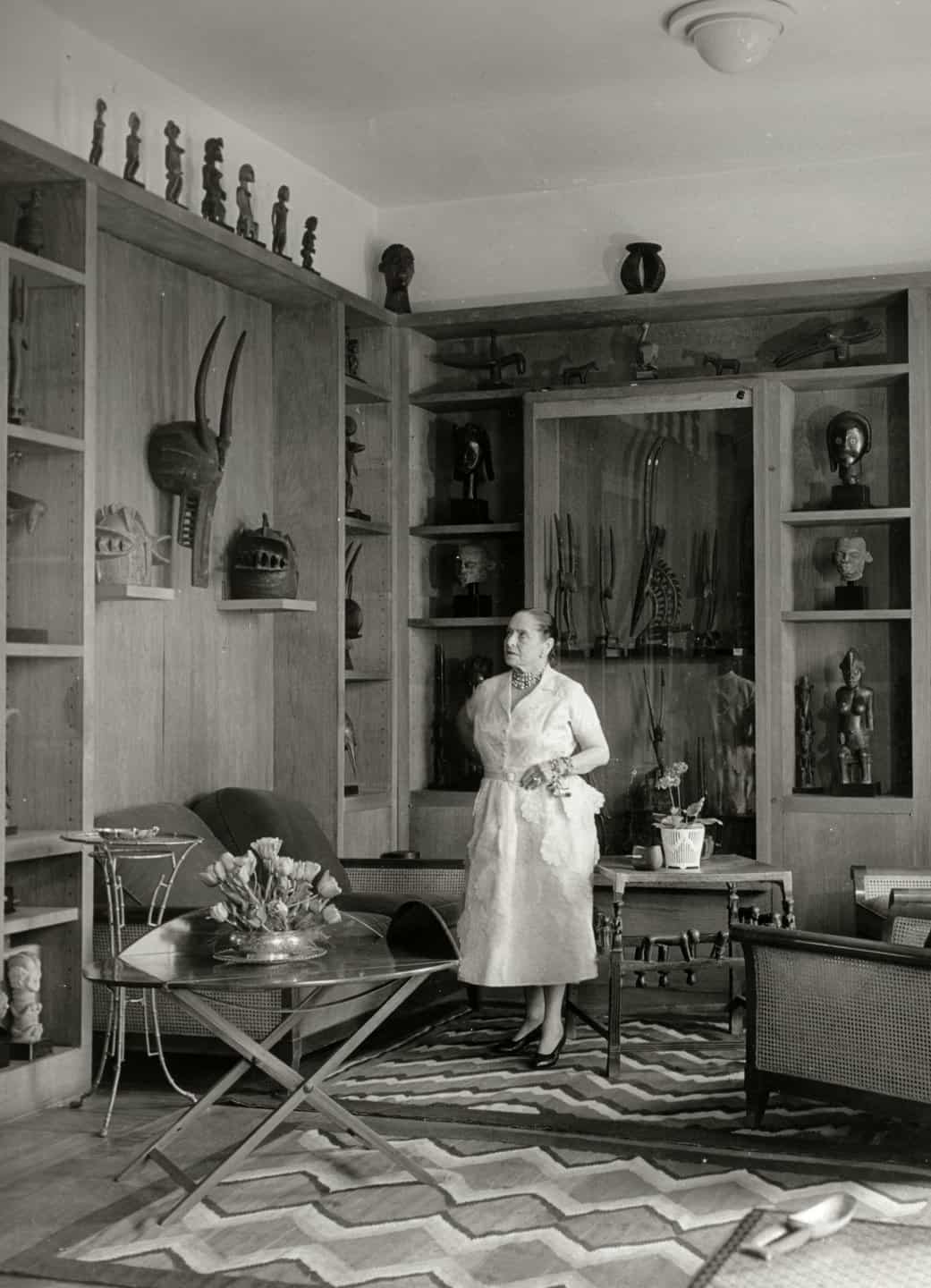
In 1941, when Helena Rubinstein was told she couldn’t buy an apartment in her New York block of choice on account of her Jewish heritage, she stuck a proverbial two fingers up at the anti-Semitic residents and bought the entire building. When, some decades earlier as a teenager, she was made to leave school and spend the remainder of her youth looking for a husband, she ignored the pleas of her family and took up residence in her father’s shop. And, when her relatives grew tired of her disobedience and exiled her to Australia, she sought the seeds to start her cosmetics company, which later grew to be an innovative beauty empire with Rubinstein at the helm — and with the cash flow to buy an apartment block on a whim.
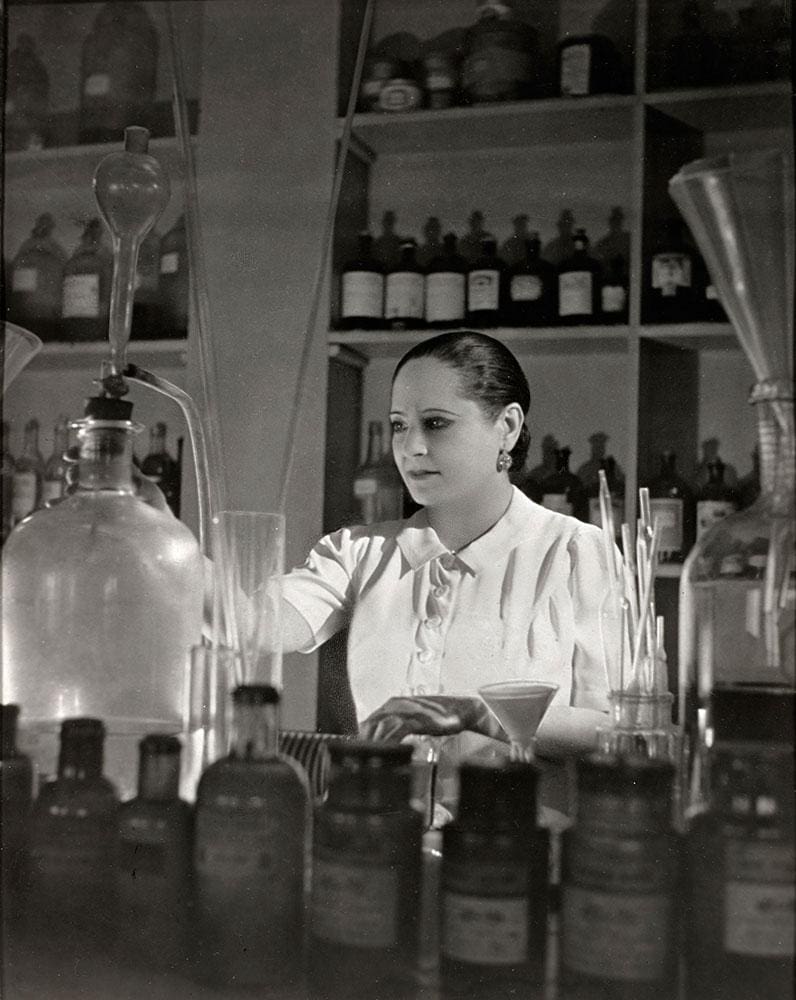
Rubinstein’s was a real rags to riches story, entwined with family fallouts, deaths and divorce — but it is her determination and astuteness, and the internationally-renowned beauty empire that was borne out of these traits, for which she is best remembered. It’s this that a new exhibition at the Musée d’art et d’historic du Judaism and an accompanying book, Helena Rubinstein: The Adventure of Beauty, highlights — that, and how a poor girl from Poland came to change the face of the beauty industry forever.
Becoming Helena
Born Chaja to an Orthodox Jewish family in Krakow in 1872, Rubinstein adopted the moniker Helena when she moved to Australia, changing her name on her identification papers and wiping 10 years off her age in the process. Hoping for a new life, she found herself working in a shop in Coleraine, more than 200 miles from civilisation. The female farmers she served, whose skin had wrinkled under the Australian sun, often admired her porcelain complexion and she began to advise them on their skincare routine, offering them her secret weapon: a beauty cream that a Kazimierz pharmacist had given to her mother.
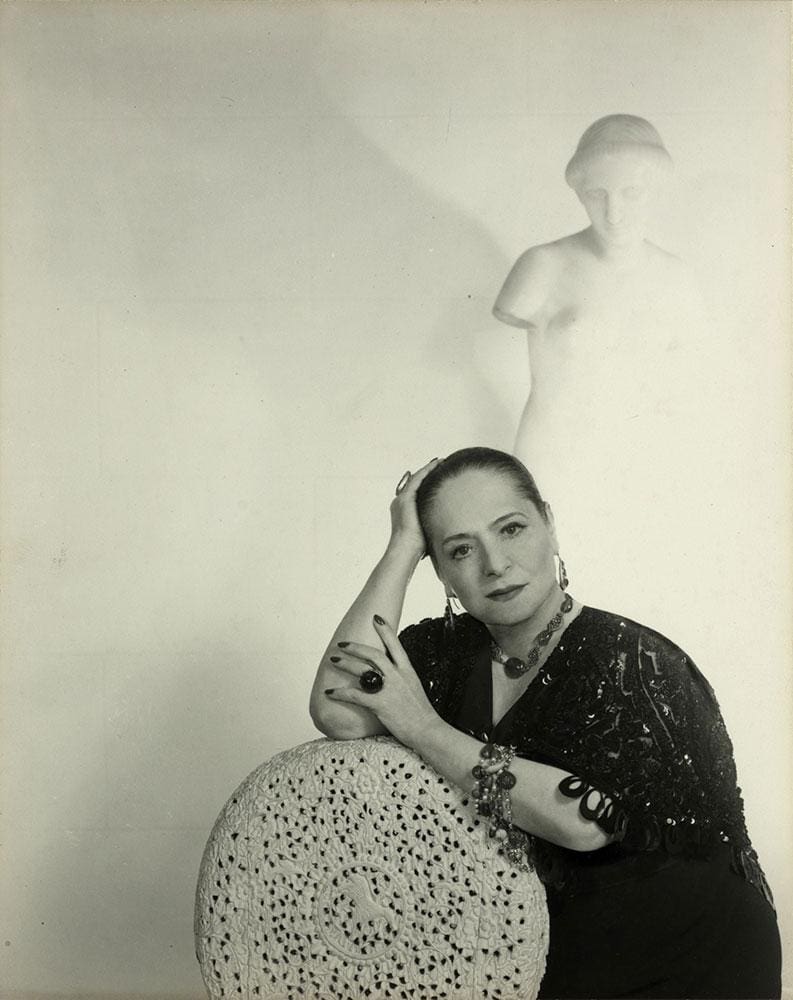
Having seen the affects of the pharmacist’s creation, Rubinstein moved to Toowoomba in 1900 to study botany and science, teaching herself how to recreate this precious skin saviour. She sold her jars of cream on the streets and saved enough money to open her beauty institute in 1902 — the same year Australian women won the vote. Timing was everything; although female workers were still being paid less than their male counterparts, their position in society had changed and, after rent and food, they had money to spend on themselves. “Beauty is power…” Rubinstein preached. “The greatest power of them all.”
Building an empire
Having found success in Australia, Rubinstein travelled to Europe, visiting hot springs, spas and dermatologists in Berlin, London and Paris. She opened her second beauty salon in Mayfair in 1908. The boutique attracted duchesses and maharanis, who she taught to apply make-up — and in the process banished the taboo that such products were just for prostitutes.
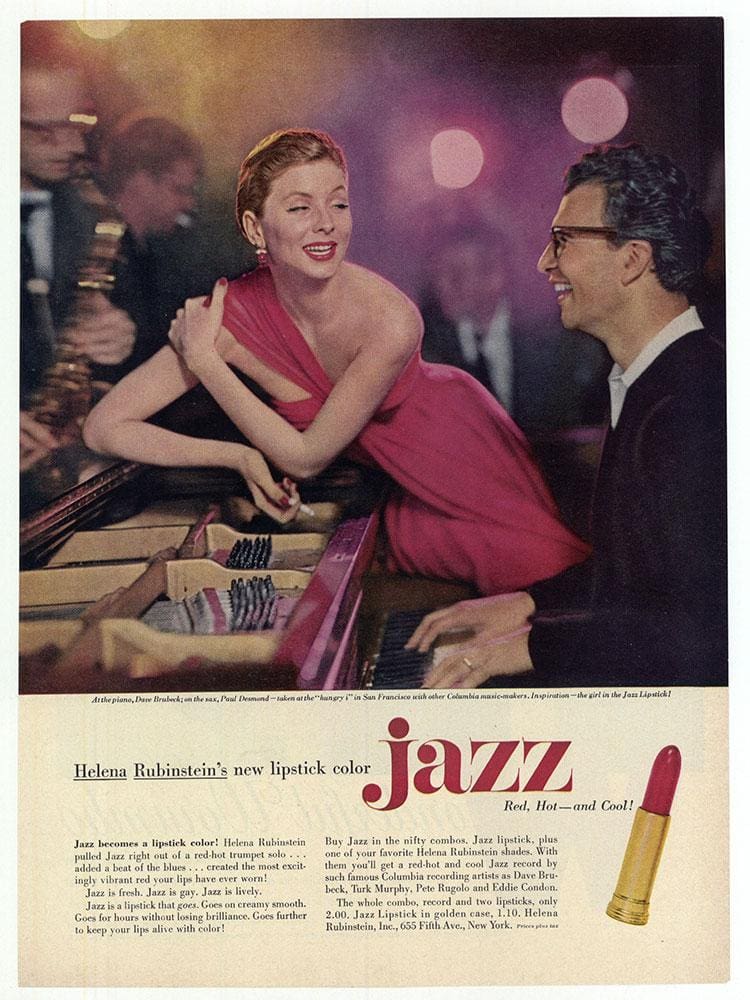
In 1909, she moved to Paris, where she opened her third boutique and her first laboratory-turned-factory, sparking the beginning of the industrialisation of beauty. From here she moved to New York and conquered America, opening salons across the country. It was a tough market to tap into, made all the more difficult thanks to the competition from burgeoning beauty moguls Charles Revson and Elizabeth Arden, the latter of which was of particular nuisance to Rubinstein. As women of equal talent and with similar goals, the pair experienced a life-long rivalry, despite never meeting. As Rubinstein said: “With her packaging and my product, we could have ruled the world.”
While Rubinstein didn’t rule the world, she certainly experienced a lengthy reign in the cosmetics industry. In 1928, it seemed her rule was over when she sold her business to the Lehman brothers and made $7.3m in the transaction — but, when the stock market crashed a year later, she bought it back for $1.5m, cementing her place as one of the most rich and famous women in the world.
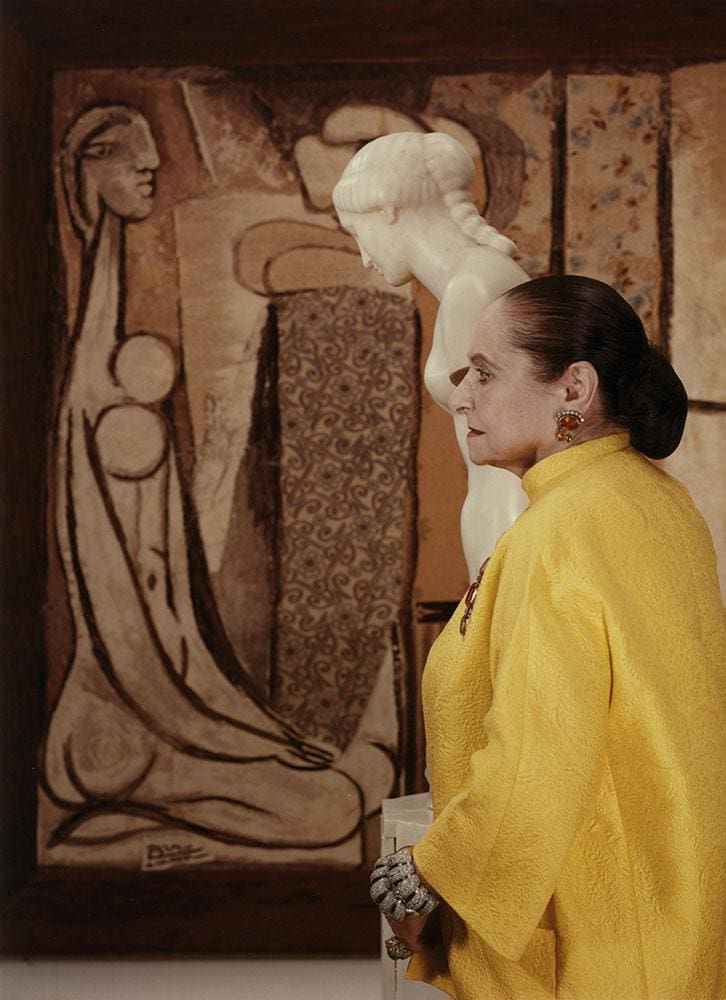
Leaving a legacy
When Rubinstein died at the age of 93 in 1965, her empire spanned 14 countries and three continents, and employed 30,000 people across the globe. Her fortune was estimated at more than $100m. Today, her legacy lives on in more than just fame and fortune — the cosmetics industry owes much to Rubinstein’s innovative ideas, not just in her ability to combine science and beauty but for her shrewd marketing and commercialization techniques, too. Rubinstein knew the power of luxurious packaging, overpricing and celebrity endorsements.
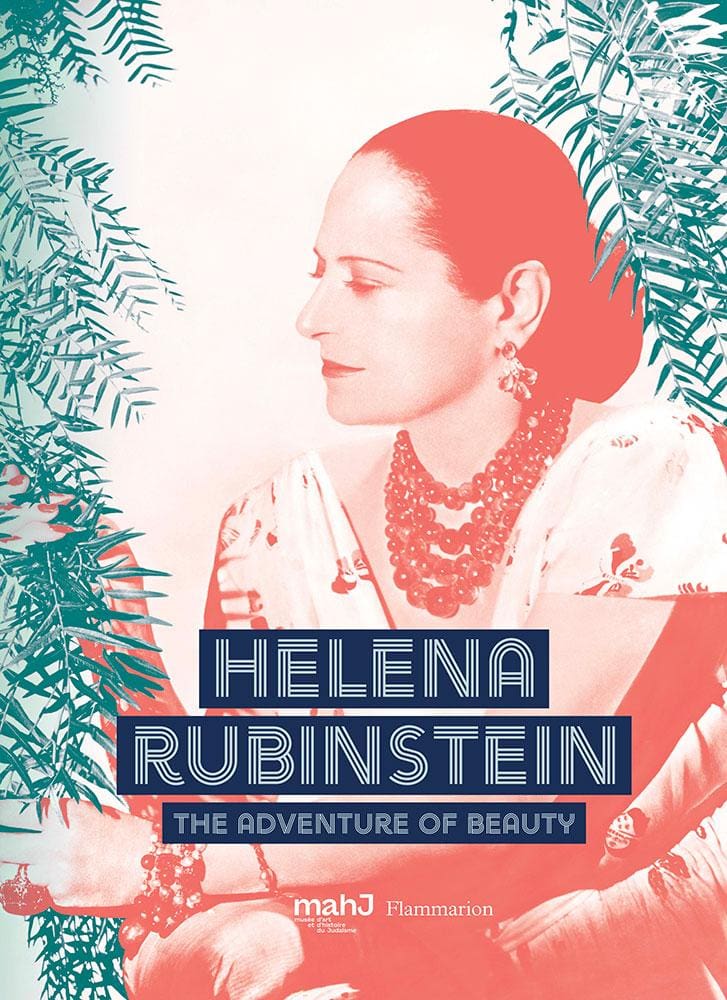
In the arts, too, she made her mark. A keen social climber, Rubinstein rubbed shoulders with creative elites and endorsed their work, collecting canvases by the likes of Pablo Picasso and Marc Chagall and sitting for portraits by Salvador Dalí and Raoul Dufy. Her eclectic taste leaked into her wardrobe and she was renowned for wearing couture by the likes of Poiret, Balenciaga, Chanel and Dior.
It stands to reason that the woman who reinvented beauty also steered from convention in her personal life. Her style made tongues wag but, in typical Rubinstein fashion, she was not deterred. As she said: “I like different kinds of beautiful things and I’m not afraid to use them in unconventional ways.”
Helena Rubinstein: The Adventure of Beauty by Michele Fitoussi, £30, published by Flammarion, www.editions.flammarion.com
